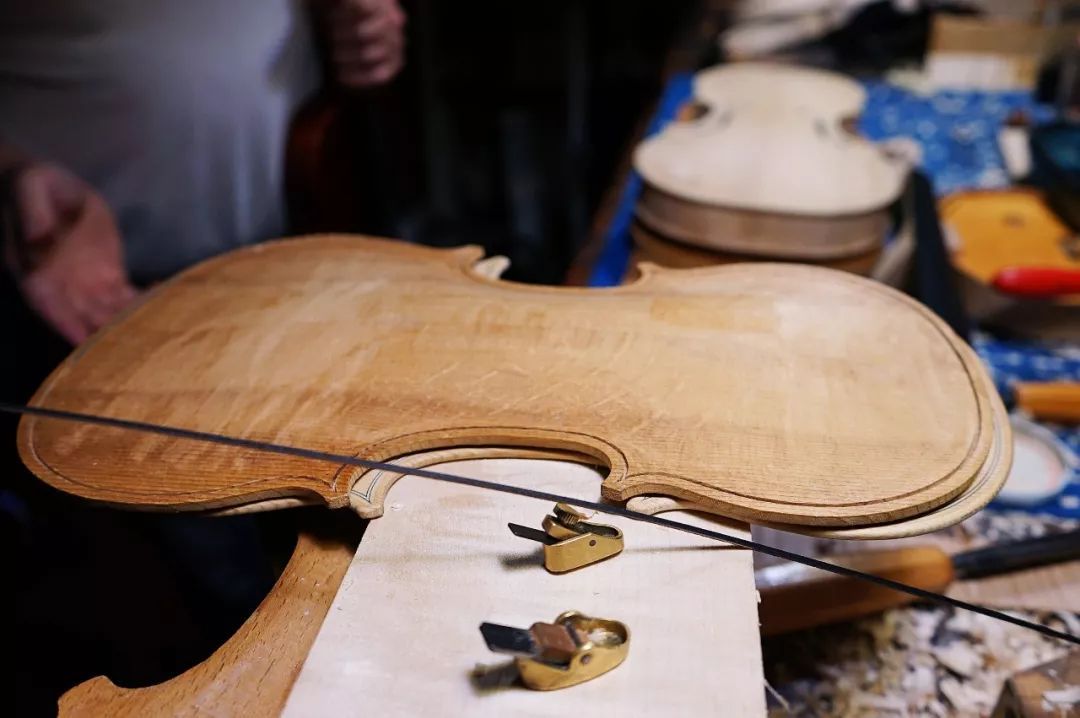- 简体中文
- English
Hand made violin

A top-notch violin must have reached an excellent level in terms of materials, production technology, timbre, styling, maintenance, etc., before it can be called the top. The most important tone color basically depends on the wood and the production process.
The preciousness of wood is that it must be air-dried in the natural state for at least ten years before production. In order to strive for excellence, the longer the air-drying time, the better. And this drying process continues after the piano is made. The instrument is not dead, and the tone is not static. The preservation environment has a great impact on the tone. This is because the wood has been slowly changing over time, like Treasured old wine for many years.
The second is the production process, this will have an impact on the tone of more than 90%, wood is actually just the icing on the cake, the production method is the soul of a violin.
The thickness of the front panel and the back panel are different in each place. How to deal with the decreasing level of the thickness of the board to optimize the vibration frequency of the wood and its response to the string vibration is very, very difficult. And it needs to be revised repeatedly. Most of the current backplanes are composed of two boards, which makes it easier to balance the resonance. And some piano backboard is a whole board, it will be more difficult to deal with.
In addition, the piano head will also affect the timbre. Its size, arc, length, pattern depth and arrangement are all exquisite, so it needs to be tried and modified like the front panel and back panel.
Hand made violin

A top-notch violin must have reached an excellent level in terms of materials, production technology, timbre, styling, maintenance, etc., before it can be called the top. The most important tone color basically depends on the wood and the production process.
The preciousness of wood is that it must be air-dried in the natural state for at least ten years before production. In order to strive for excellence, the longer the air-drying time, the better. And this drying process continues after the piano is made. The instrument is not dead, and the tone is not static. The preservation environment has a great impact on the tone. This is because the wood has been slowly changing over time, like Treasured old wine for many years.
The second is the production process, this will have an impact on the tone of more than 90%, wood is actually just the icing on the cake, the production method is the soul of a violin.
The thickness of the front panel and the back panel are different in each place. How to deal with the decreasing level of the thickness of the board to optimize the vibration frequency of the wood and its response to the string vibration is very, very difficult. And it needs to be revised repeatedly. Most of the current backplanes are composed of two boards, which makes it easier to balance the resonance. And some piano backboard is a whole board, it will be more difficult to deal with.
In addition, the piano head will also affect the timbre. Its size, arc, length, pattern depth and arrangement are all exquisite, so it needs to be tried and modified like the front panel and back panel.
